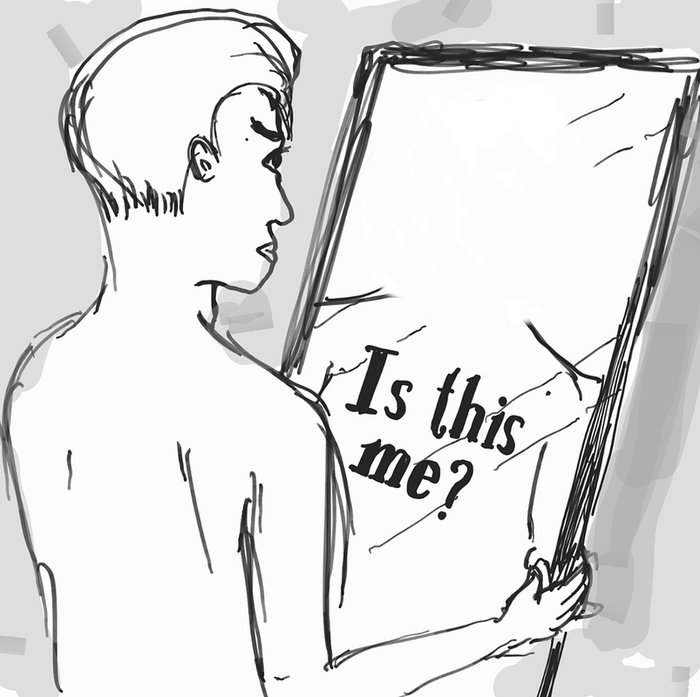Social Camouflaging and its Impacts on Autistic Adults
Autism spectrum disorder, also known as ASD, is a condition that changes how a person interacts with other people and their environment. This includes struggling in several social situations, from being unable to distinguish social cues to having difficulty communicating with others. Under such circumstances, individuals diagnosed with autism face immense societal pressure to try and seem “normal” through social camouflaging. Social camouflaging is the deliberate act of suppressing characteristics associated with autism in social settings. Examples of social camouflaging include changing facial expressions to show interest, learning social interaction through movies and shows, and trying to socialize more in social situations. There is growing evidence that social camouflaging can cause depression and anxiety in people with autism; the ASD population is at relatively high risk for mental illnesses, with 71% diagnosed with mental illness and 41% suffering from multiple mental conditions. In a paper by researchers at the American Academy of Child and Adolescent Psychiatry (AACAP), camouflaging was shown to be stressful and tiring, leading those with autism to be more prone to mental illnesses.
In the study, researchers identified the connection between social camouflaging and the development of mental illnesses in people with autism. The study seeks to find whether the degree of social camouflaging can be connected to higher levels of anxiety, social anxiety, and depression and if gender can be a factor. For this study, people were picked from the Cambridge Autism Research Database. In order to be chosen, participants had to have a medically diagnosed form of autism. In addition, participants were also required to answer questions regarding gender, mental illness diagnoses, nationality, and employment. After participant data was collected, they were presented with multiple questionnaires to help measure the level of social camouflaging, autism, and mental illness. To measure social camouflaging and mental illness, participants were given the CAT-Q (Camouflaging of Autistic Traits Questionnaire), BAPQ (Broader Autism Phenotype Questionnaire), and three tests for mental illnesses. The results of the study showed a positive correlation between significantly greater levels of social camouflaging and increased anxiety, social anxiety, and depression. In addition, gender had no relation to social camouflaging and its impact on mental illness.
In the study, researchers identified the connection between social camouflaging and the development of mental illnesses in people with autism. The study seeks to find whether the degree of social camouflaging can be connected to higher levels of anxiety, social anxiety, and depression and if gender can be a factor. For this study, people were picked from the Cambridge Autism Research Database. In order to be chosen, participants had to have a medically diagnosed form of autism. In addition, participants were also required to answer questions regarding gender, mental illness diagnoses, nationality, and employment. After participant data was collected, they were presented with multiple questionnaires to help measure the level of social camouflaging, autism, and mental illness. To measure social camouflaging and mental illness, participants were given the CAT-Q (Camouflaging of Autistic Traits Questionnaire), BAPQ (Broader Autism Phenotype Questionnaire), and three tests for mental illnesses. The results of the study showed a positive correlation between significantly greater levels of social camouflaging and increased anxiety, social anxiety, and depression. In addition, gender had no relation to social camouflaging and its impact on mental illness.
This study had multiple limitations that could affect data accuracy. The first limitation was that it was harder to find the connection between social camouflaging and mental illness for non-binary and transgender adults due to a smaller sample size. Second, the general population on the autism spectrum could not be represented since most participants were English speakers. Third, autism diagnoses weren’t able to be verified reliably since diagnoses were all reported online, rather than in-person. The last limitation was that economic status and cognitive ability were not measured, since they can be additional sources of mental illness.
In conclusion, social camouflaging is a significant cause of anxiety, social anxiety, and depression in autistic adults, regardless of age or gender. Through learning this connection between camouflaging and mental health, we can better come up with ways to help those diagnosed with autism, such as curating degrees of social camouflaging for each individual to help reduce levels of mental illnesses in individuals.
In conclusion, social camouflaging is a significant cause of anxiety, social anxiety, and depression in autistic adults, regardless of age or gender. Through learning this connection between camouflaging and mental health, we can better come up with ways to help those diagnosed with autism, such as curating degrees of social camouflaging for each individual to help reduce levels of mental illnesses in individuals.
RELATED ARTICLES
|
Vertical Divider
|
Vertical Divider
|
Vertical Divider
|






